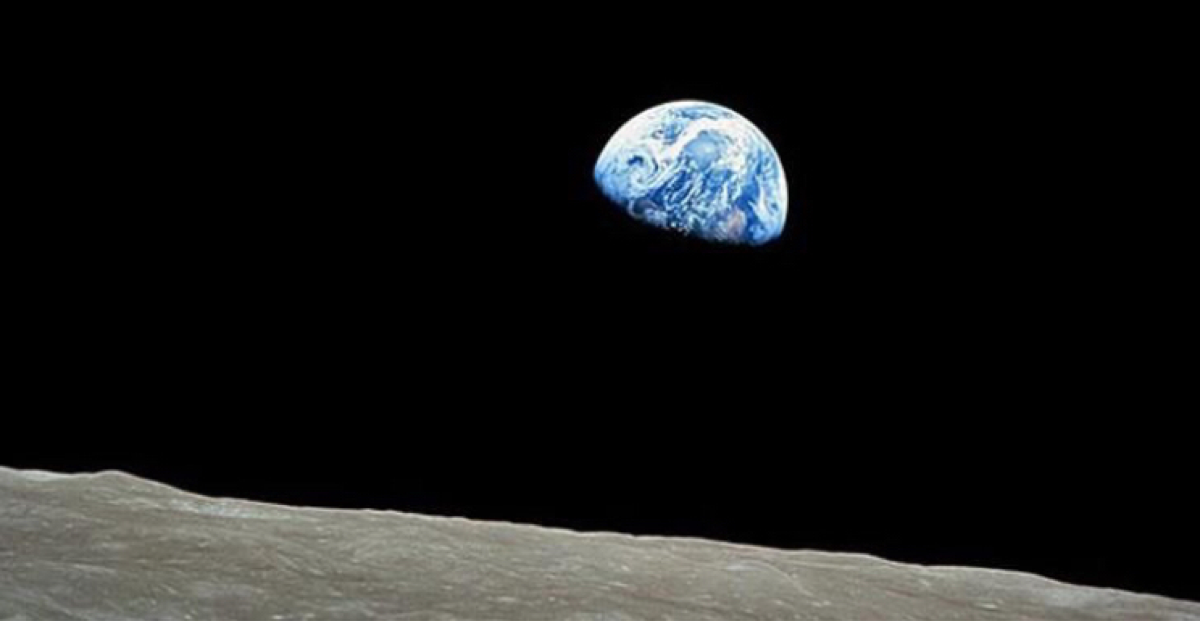Space is a place where many stars are. Despite having many stars, we often see in various photos of astronauts that the outer space is ...
Space is a place where many stars are. Despite having many stars, we often see in various photos of astronauts that the outer space is very dark and black. Even though, as we know, black usually indicates the absence of light while stars are objects that produce light.
The question that arises later is, why is that so?
Although it seems simple, this question has been contemplated by many scientists for centuries. Johannes Kepler and Edmond Halley have already had many contributions to space science. Quoting from one of the sites owned by the US Space Agency (NASA), starchild.gsfc.nasa.gov, it's easy to divide this question into two.
First, about the difference in the color of the sky on Earth and space. Second, dark colors that occur even though there are many stars in the area. To answer the first, let's go back to the article Secrets of the Universe: Why Is the Sea and Sky Blue? In the article explained, the blue color in the sky occurs because light hits molecules in the Earth's atmosphere and spreads in all directions.
The blue color during the day occurs from the results of light scattering Well, when on the Moon or the International Space Station (ISS) no atmospheric molecule is "hit" by sunlight. As a result, we will see black.
Then, the more difficult question is why even though many space stars remain black?
A German astronomer named Heinrich Wilhelm Olbers made a theory to explain this phenomenon in 1823. At present, the method is called the Olbers Paradox. Olbers told that the universe is not old without limits, but has an age of 15 billion years. This means that we can only see objects as far as the distance of light that can be taken in only 15 billion years.
As a result, starlight farther away from it cannot reach us so that it will not make outer space sufficiently bright. In the short version, we cannot see stars in the entire universe. That's because many stars are not enough to reach our current location.
With only individual stars and the distance is quite far, while the universe is vast, the color of outer space becomes black.
Another reason is the motion of light.
Geza Gyuk, Director of Astronomy at Adler Planetarium and researchers at the University of Chicago, said that it usually moves straight forward in a line unless it bounces off something or is bent by a lens. "So, even though space might be full of light, nothing makes way to our eyes except when we see something bright," Gyuk said. "Because most of the universe is empty, outer space appears black," he added.
Source: google, nasa











COMMENTS